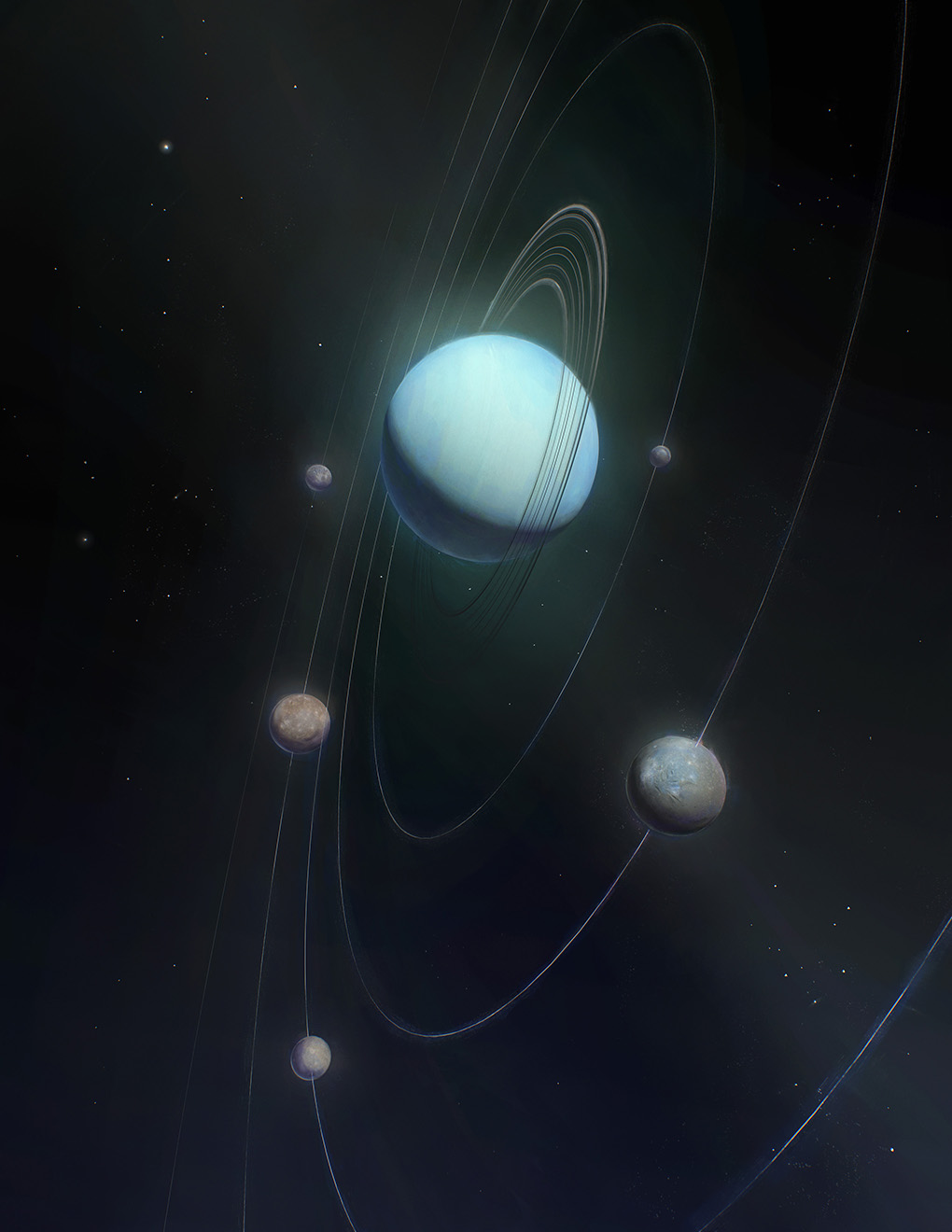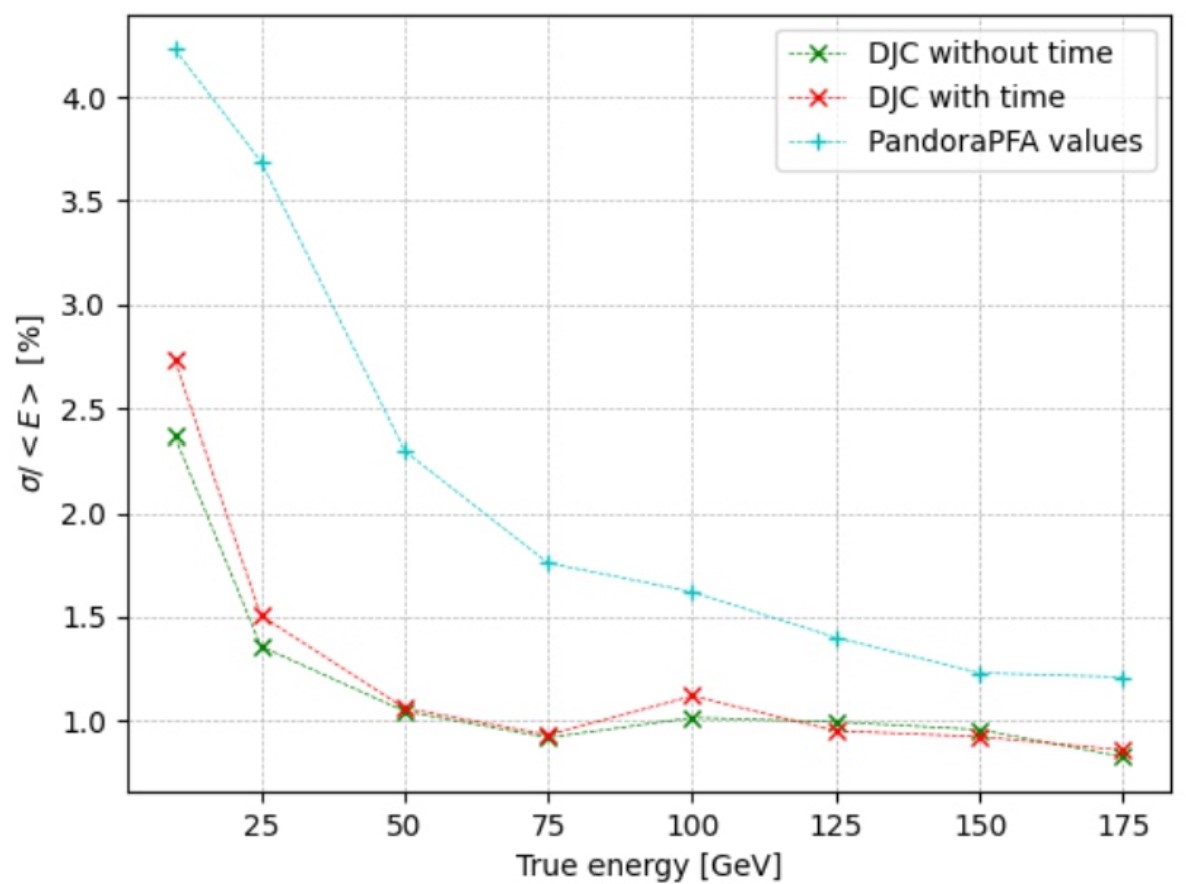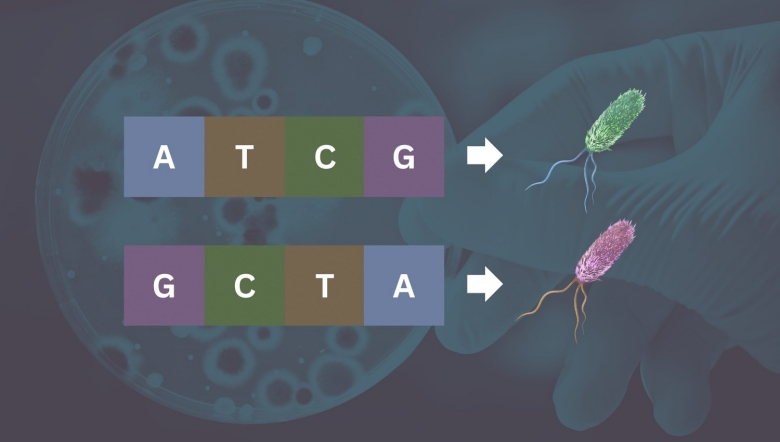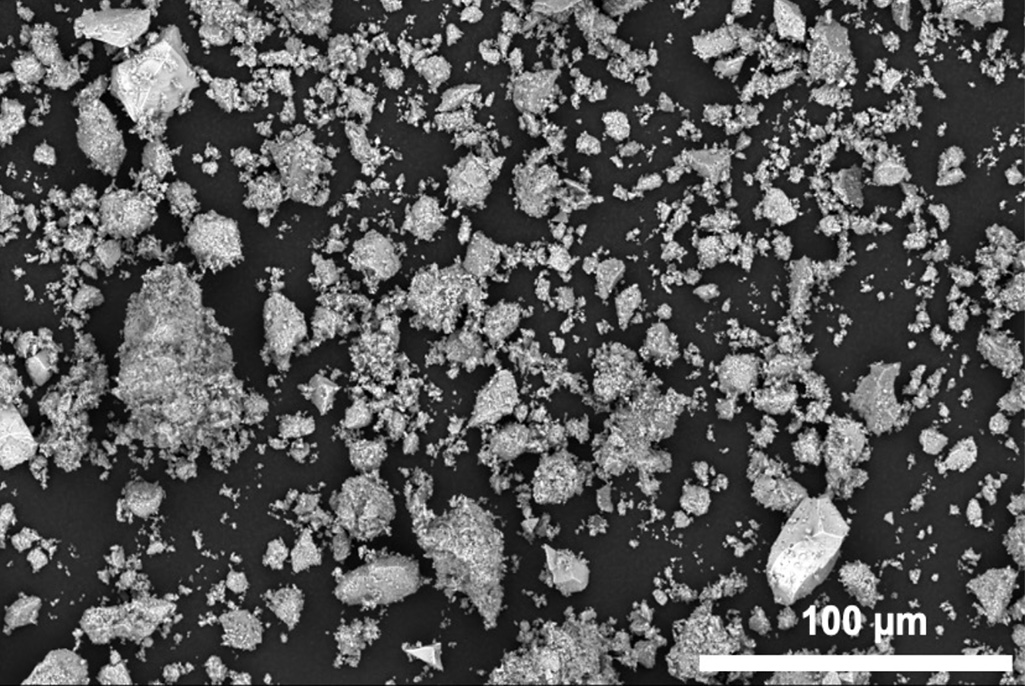Know Science And Want To Write?
Donate or Buy SWAG
Please donate so science experts can write
for the public.
At Science 2.0, scientists are the journalists,
with no political bias or editorial control. We
can't do it alone so please make a difference.
We are a nonprofit science journalism
group operating under Section 501(c)(3)
of the Internal Revenue Code that's
educated over 300 million people.
You can help with a tax-deductible
donation today and 100 percent of your
gift will go toward our programs,
no salaries or offices.
-
 Manuel Chaniotakis
Manuel Chaniotakis Well phrased! The only change I would make to go to "high energies" would be to remove the spectrometer and instead increase the temperature so much that both liquid and solid chocolate...
Electroweak Symmetry And The Chocolate Interaction · 10 hours ago
-
 Fred Altieri
Fred Altieri And sentiments reiterated by two more robots - Claude: "Final Assessment: This is an effective piece of science communication that demystifies a complex statistical concept by grounding it in...
The Probability Density Function: A Known Unknown · 1 day ago
-
 Fred Altieri
Fred Altieri "What I want to get to, in this post that nobody will ever read, is to explain how you could build an approximate model of the PDF for a given problem." Well, Tommaso. There are at least...
The Probability Density Function: A Known Unknown · 1 day ago
-
 Jackson
Jackson The complete tables ranking the top 100 countries by diesel sulfur standards can be found on the IFQC's Web site at http://www.ifqc.org . Not true. It's...
IFQC Ranks Top 100 Countries By Clean, Ultra Low Sulfur Diesel Standards; U.S. Ranks 34th | Science 2.0 · 2 days ago
-
 Hontas Farmer
Hontas Farmer You know my feelings on this. We need to embrace open post publication peer review. This way people can see the reviews and the reviews themselves should count as publications which can themselves...











